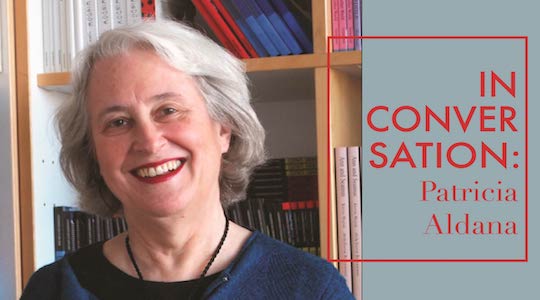Groundwood Books is a Toronto-based publisher of children’s and young adult literature. The press was founded by Patricia Aldana in 1978 and almost from the start has been publishing Canadian literature alongside titles from around the world in translation. Groundwood’s catalogue includes books from Egypt, Mexico, and Mongolia, to name a few, and the press is particularly interested in publishing marginalized and underrepresented voices. Though Aldana sold Groundwood to House of Anansi Press in 2012, she remains active in the area of children’s literature. She is currently president of the International Board on Books for Young People (IBBY) foundation and collaborates with the China Children’s Press and Publications Group, where she is responsible for bringing international literature to Chinese children. In an interview that took place in Buenos Aires during the TYPA Foundation’s workshop on translating literature for children and young adults, Aldana spoke with Asymptote’s Editor-at-Large for Argentina, Sarah Moses, about the qualities she looks for in books for children and the challenges of translating for young readers.
Sarah Moses (SM): When did Groundwood Books begin publishing children’s and young adult literature in translation?
Patricia Aldana (PA): Quite early, by 1981, I started doing translations of books in French from Québec. There were subsidies for translation from the Canada Council, which made it easier—especially novels. I was also going to Bologna and selling rights, and there I started finding books from other languages that were interesting to translate.
The Canadian market was quite healthy at that time and you could bring in books from other countries. But in 1992 provincial governments started to close down school libraries which affected the entire ecosystem of the Canadian market and we had to go into the U.S. market directly and publish books there ourselves. A lot of our authors were known in the States because we had sold rights to them, to compete with the U.S. giants and to differentiate ourselves from them as by that point they had virtually stopped translating anything—we seized the opportunity to publish translations for a much bigger market. The Canadian market had deteriorated to such a point by then that it couldn’t really justify publishing a translation—other than of a Canadian author from Québec.


